Archive
2022
KubaParis
fourth wall


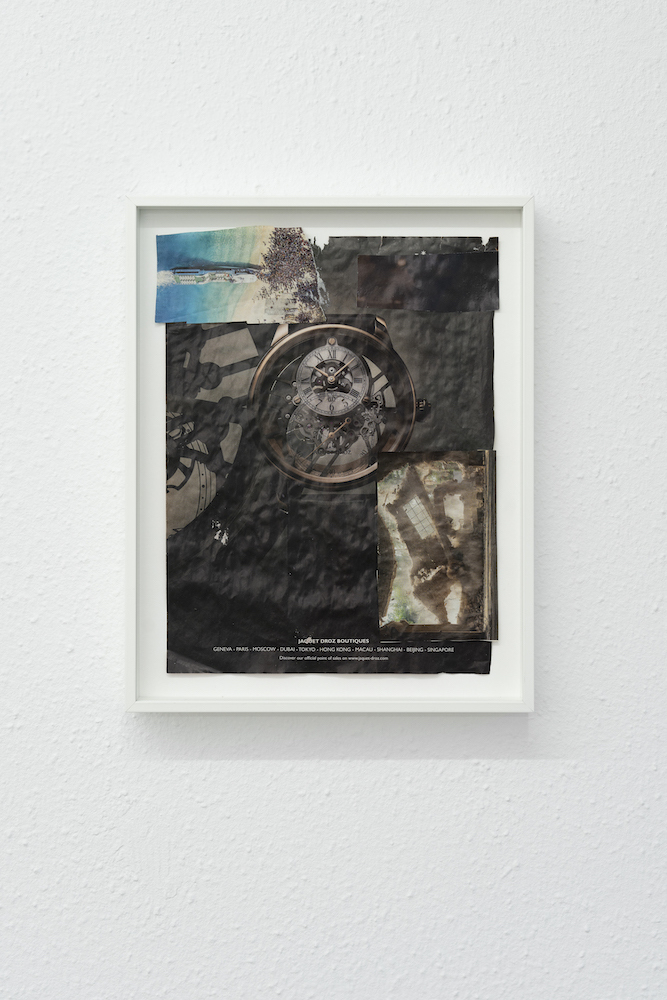


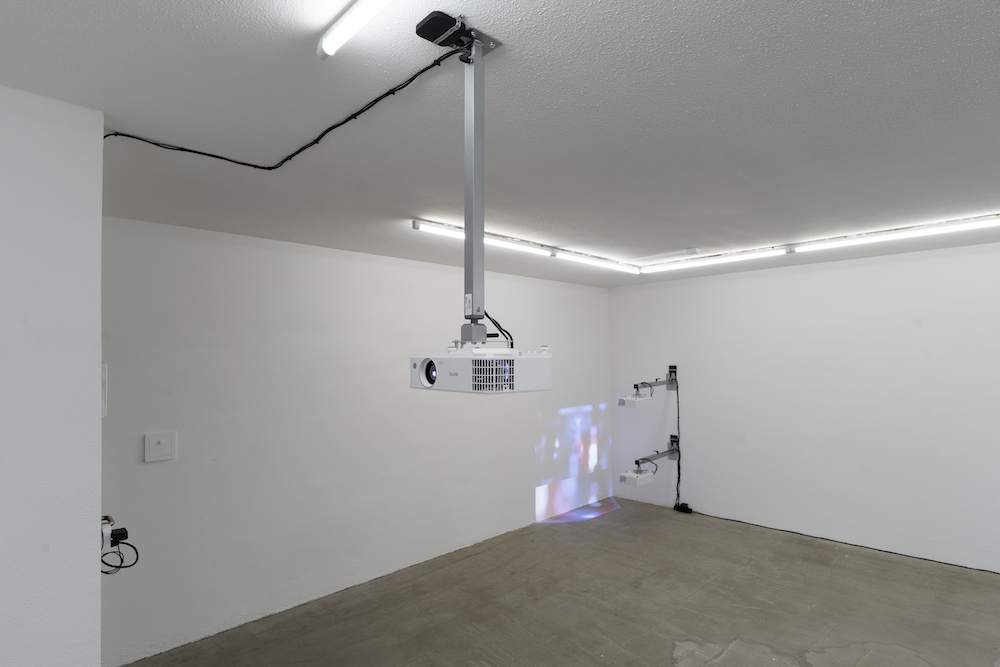
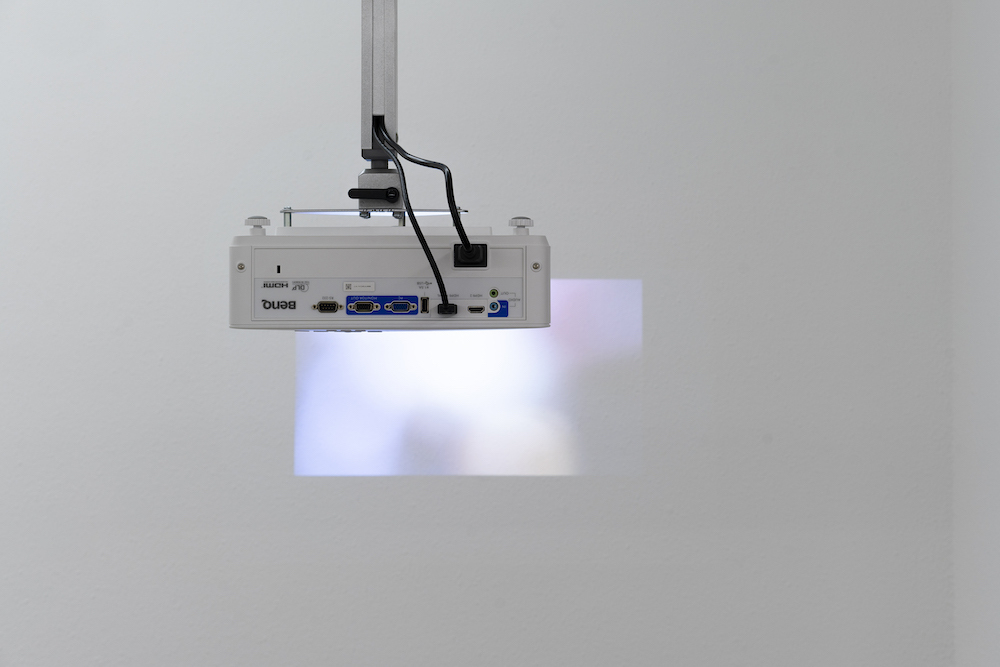
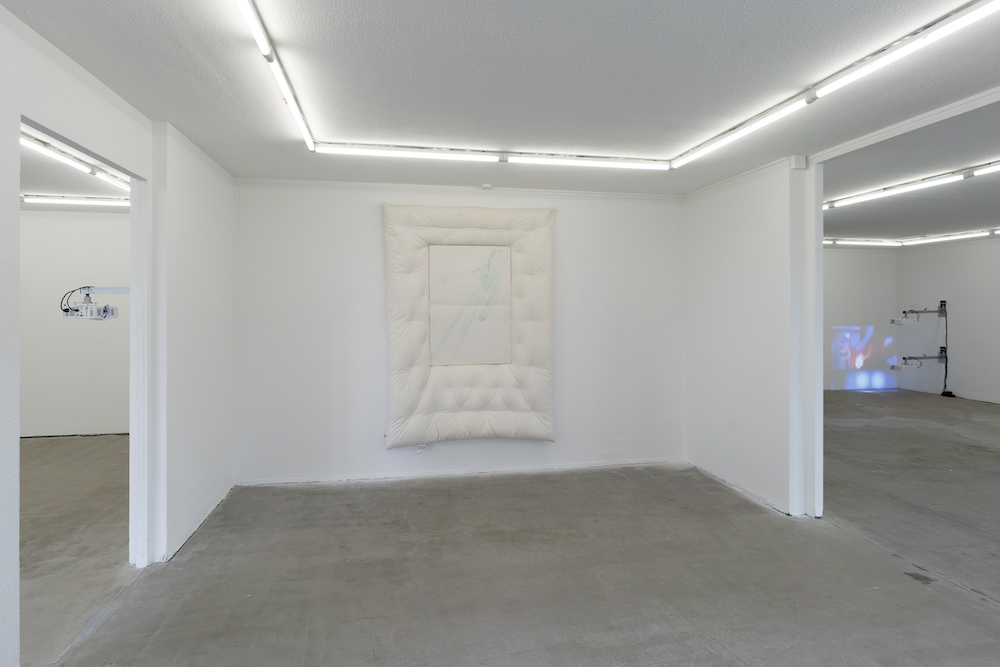

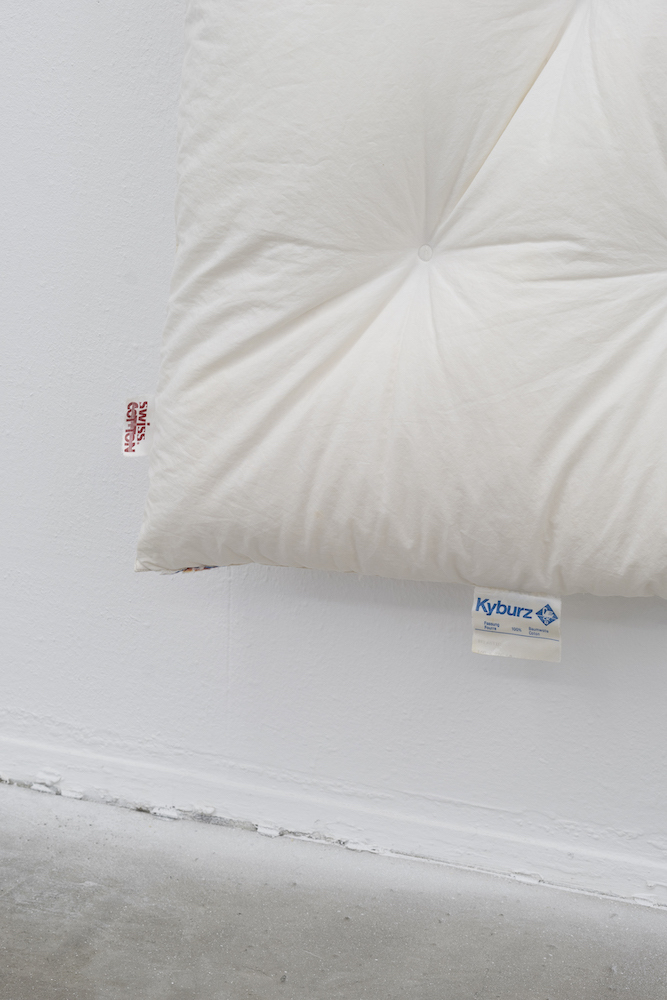
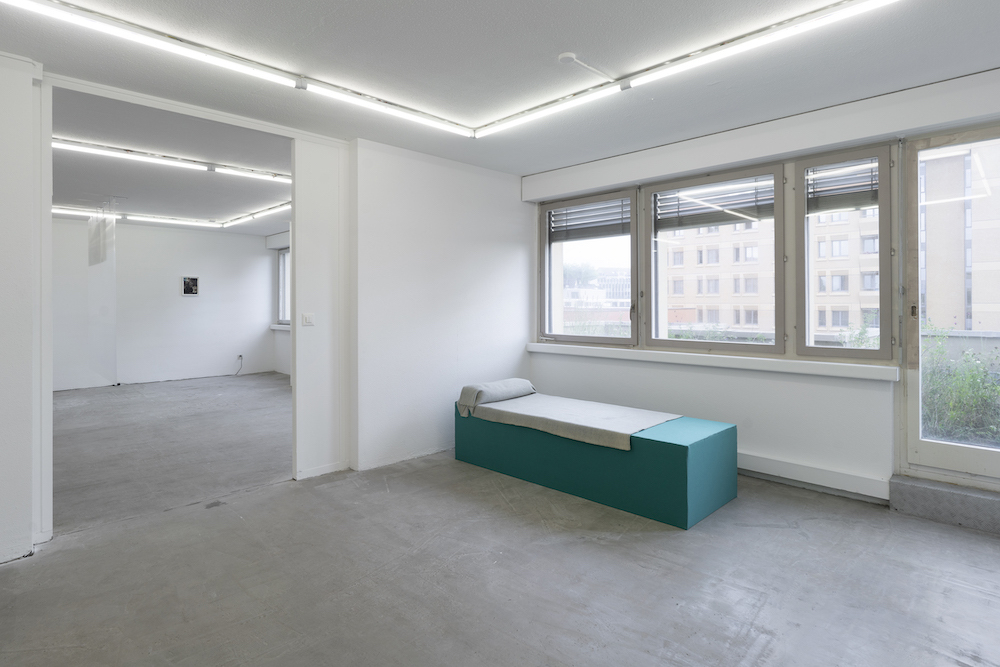

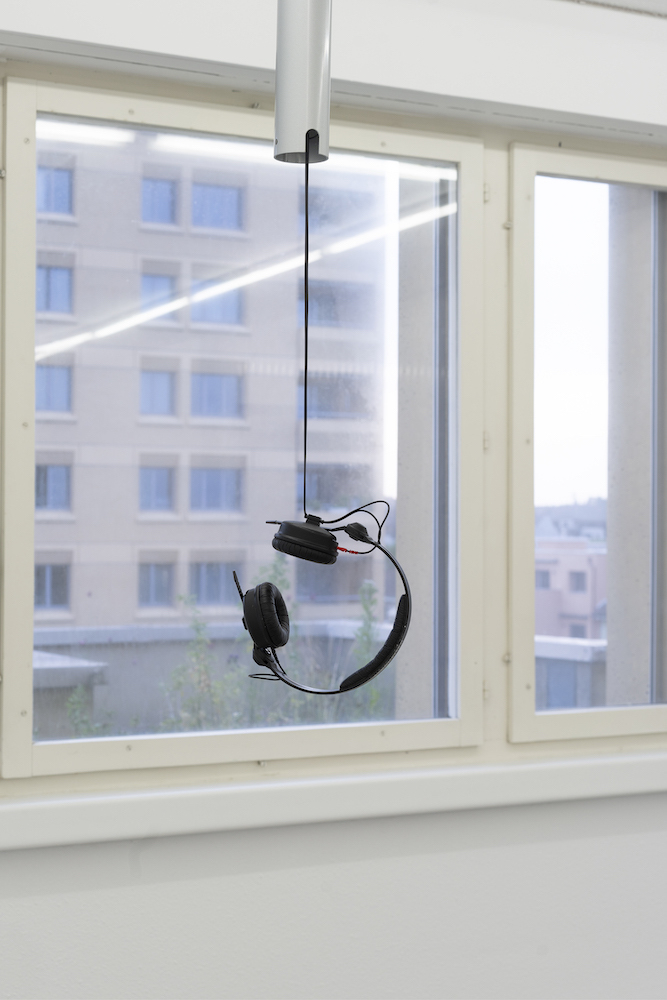
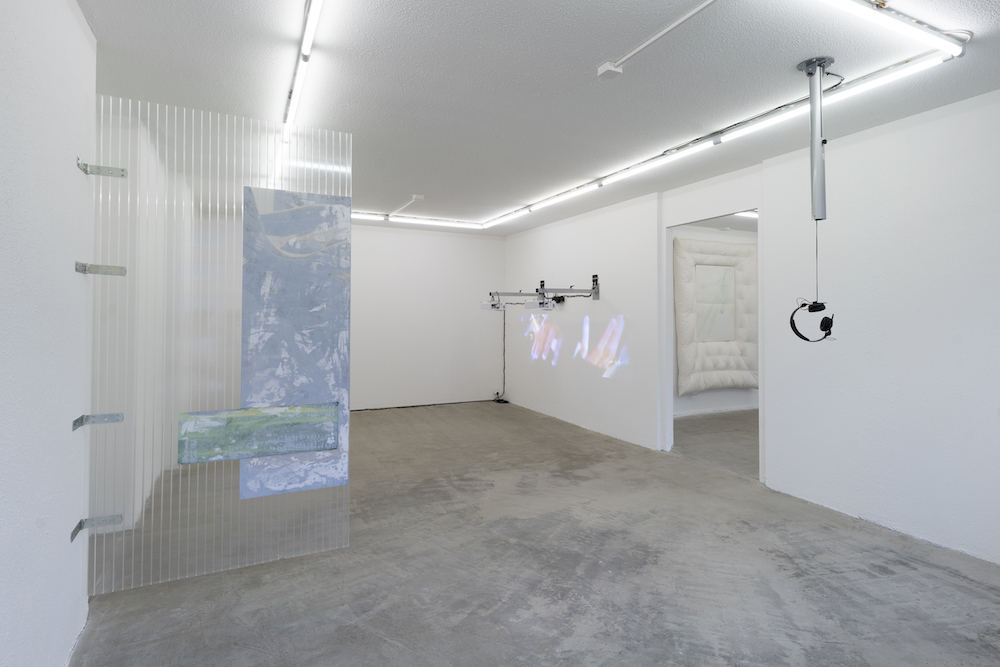
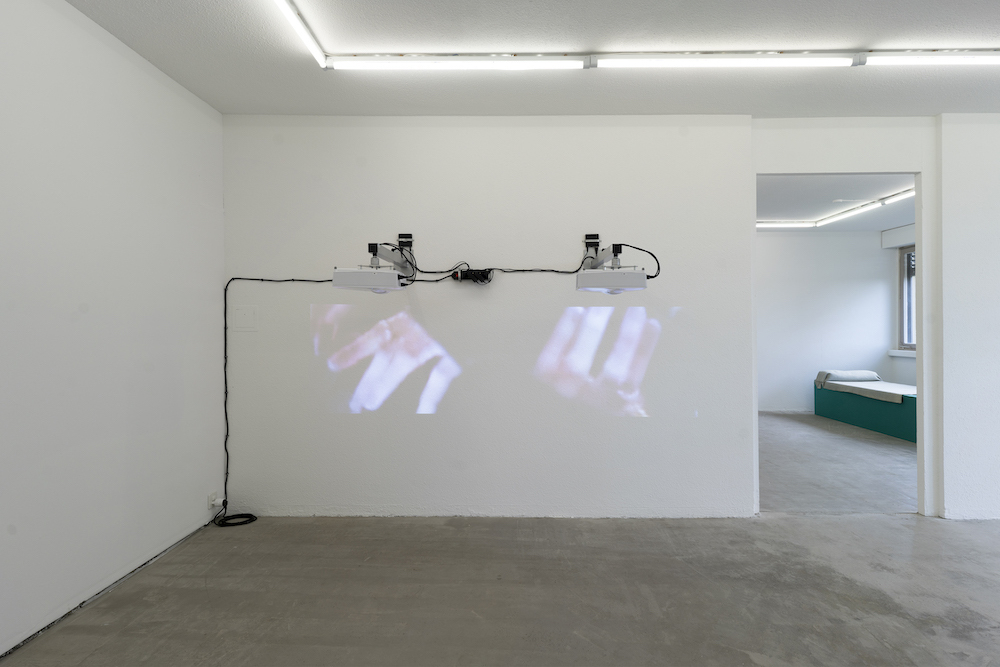
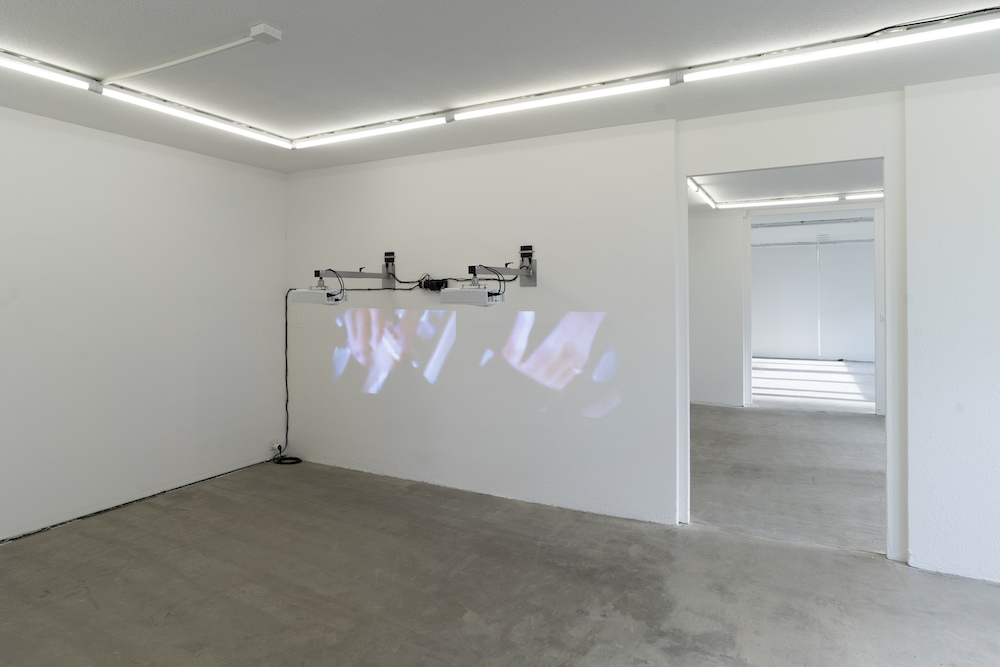
Location
HamletDate
04.06 –08.07.2022Curator
Julia Hegi, Antonia Rebekka TruningerPhotography
Claude BarraultSubheadline
Virginia Ariu, Milena Langer, Sara Ursina SjölinText
«fourth wall» is an exhibition with Virginia Ariu, Milena Langer and Sara Ursina Sjölin that is concerned with the images or material that we consume in our daily lives, on a societal and individual level, but moreover asks us how connected or disconnected we are from their origin of production.
The very title of the exhibition, «fourth wall», makes the presence of a wall explicit. Boundary-setting walls, just like images, are fixed components of – as we claim – every area of our lives: we surround ourselves with walls to feel comfort, to protect ourselves, to sometimes not reveal too much of ourselves. And in the moments when these walls come down, we share an intimacy with our surroun- dings that is difficult to put into words. In a less metaphorical reading, the exhibition title refers to a term in the tradition of 19th-century naturalistic theater that describes a metaphorical wall separating the stage or performers from the audience in order to maintain the illusion of fiction. While the ‚fourth wall‘ in theater is quite obviously fictitious, in novels, films, or computer games it is perceived by the reader, viewer, or player as an unalterable reality, whereby the ‚fourth wall‘ is figuratively described as an ‚instance of disciplining vision‘. In addition to the ‚fourth wall‘, the ‚breaking through‘ of it is an equally established concept that describes the moment in which the representation is identified as such.
As you, the viewer, enter the first room, you see the video installations Movies (Squint) and Movies (Seeker) by Milena Langer and are in an immediate head-to-head with their very production. There are projections on the walls, but the initial confrontation is with the machine rather than with the image. Only once you have moved into the room, do you see how Langer’s lenses try to focus on something ‘real’, yet as you observe the disclosed scene at hand, you might wonder whose fantasies you’re really seeing. A public livestream is subjected to an intimate refilming by Langer, and then reappropriated for the public. For a moment desire takes the upper hand, only to soberly reattach us to the ground. The boundaries between Langer’s work and the outside world are blurred and redefined, finding their starting point in her own experienced relationships. In contrast, Virginia Ariu makes explicit reference to the border as such: her work Correspondence introduces a separating panel as a manifestation of synthetic structures that are used to create pseudo-private spaces within a public sphere. The reuse or rearrangement of old images that are already integrated into given narratives are viewed through the translucent material of the plexiglas. Her works become both window and looking-glass, for in a continuation of this, you, the viewer, are confronted with how advertising language is used to maintain another form of the ‚fourth wall‘.
In room 2, you find a divan and a duvet framing an intimate space – it is almost as if you find yourself in a room within a room. In Was für ein Psychopath, der sich am anderen Ende des Sofas hinsetzt? a voice is speaking to you. The voice, coming from the divan, is Sara Ursina Sjölin incorporating you together with herself into the work. Through the lens of her narration we find subversive fragments of psycho- analytic discourses, giving away very personal information, yet in the end turning the gaze on you – speaking to you – revealing a literary approach to the relationships that end in a balance of poem, fiction, and reality.
The layout of the rooms – 3 rooms implying a beginning, a middle, and an end – raises the question of whether the exhibition concludes with the works of Milena Langer and Virginia Ariu in room 3. At the same time, Capitalist City and Movies (Controller) as well as Movies (Stream) form an arch to the thoughts developed in room 1: Ariu‘s Capitalist City, which is reminiscent of a door but does not fulfill any of its functions, leaves the question of who or what is to be separated from whom or what unanswered here again. Only the image of the work’s „Charging Bull“ or „Wall Street Bull,“ which confronts you unexpectedly in a fragmentary manner, provides a hint of a possible antagonist – thus the work also directs the gaze to what is not depicted, to you, the viewer, or to you, who might find yourself in the role of the „Fearless Girl“ by Kristen Visbal, who confronted the bull on Wall Street for a short time. If Ariu’s work emphasizes alienation, particularly that of the public as well as the private, Langer instead lets you, the viewer, get especially close to her own object of contemplation: with Movies (Controller) an intimate endeavor between hand and mixing console seems documented. Langer shows schematic sections of a hand repeatedly pressing the same button of a CDJ device – here the most important button, as it is used to set the mark of entry. The function of the device demands that the hand always moves in the same way, with moments of random synchronicity occurring in the piece. Likewise, the moments of repetition inherent in the works manifest themselves in the manner the works lead you, the viewer, through the exhibition.
The structures around us are both breaking and recreating a fourth wall. A wall that separates us from the image that is being created, but is seen in plain sight. We grow aware of how our gaze is doubled. Room 3 is the last room of the exhibition. It ends with a white curtain that blocks the view into another room. Here we are sitting, the writers, who make you into the reader. Or at least, we imagine how you, the viewer, walk through „fourth wall“ – a possible scenario would be the one just described – but perhaps you dare to take a look behind the white curtain so as to catch us writing. Whether this will change the outcome of „fourth wall“ remains unclear.
Text by Julia Hegi and Antonia Truninger